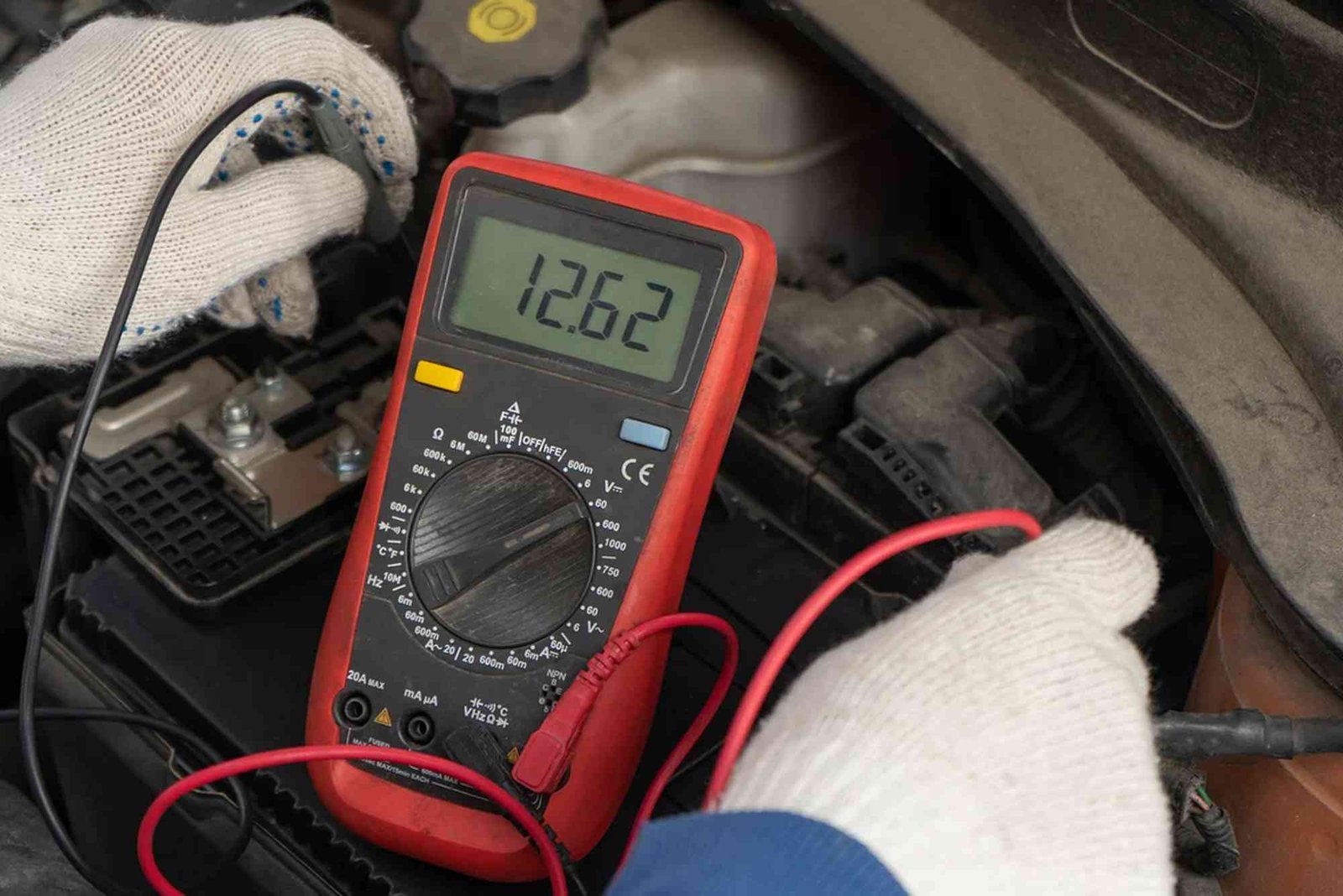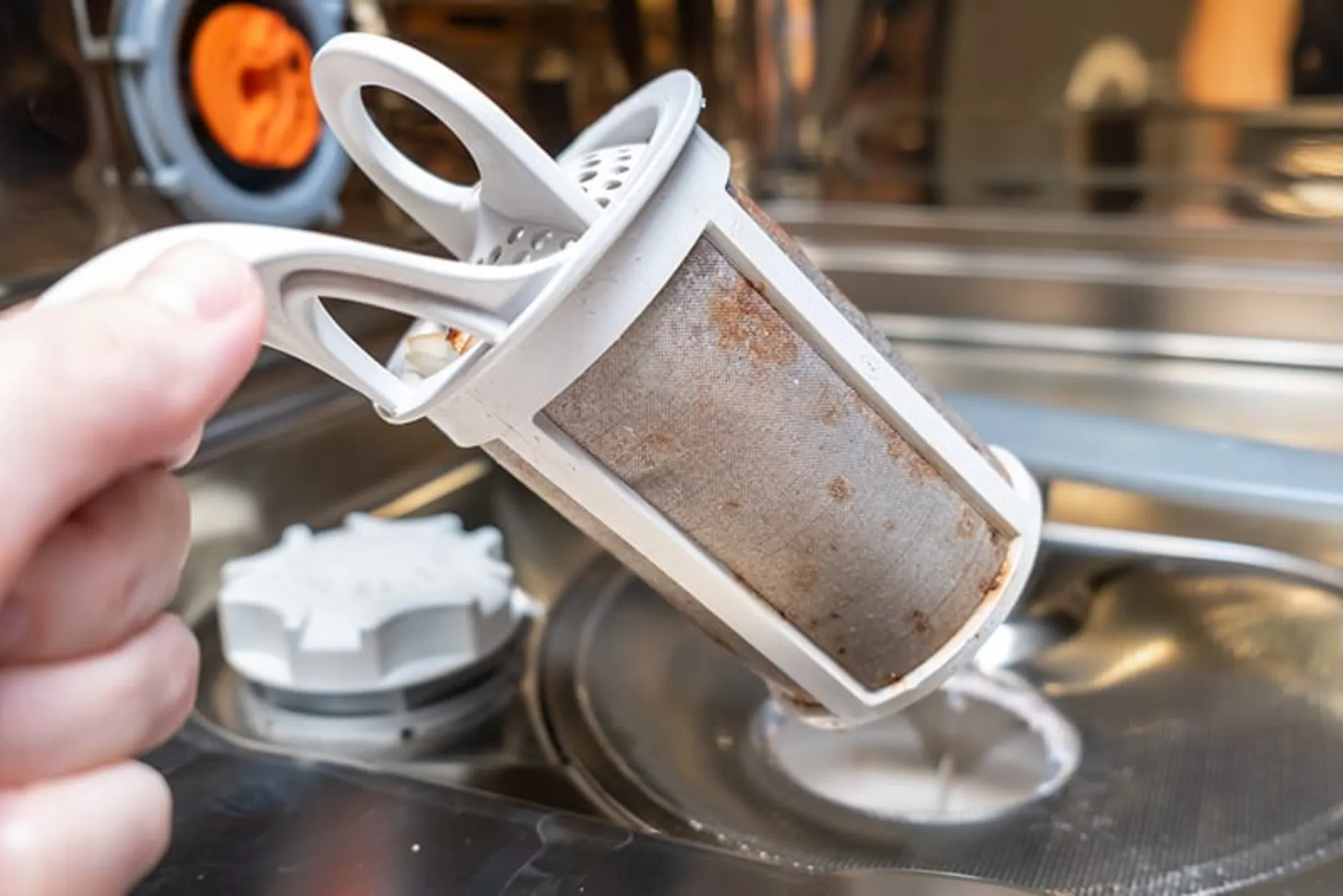Introduction
A car battery is the silent heart of your vehicle’s electrical system. Without a healthy battery, even the most powerful engine won’t start. Yet, many drivers overlook battery maintenance until it fails unexpectedly. Understanding how to check car battery health can save you from being stranded and extend your battery’s lifespan. In this guide, we’ll explore practical and easy ways to test your battery’s condition, identify warning signs, and maintain peak performance—all without needing to be a mechanic.
Why Checking Car Battery Health Matters
Your car’s battery doesn’t just power the engine start—it also supports lighting, infotainment, and onboard electronics. Over time, temperature changes, corrosion, and frequent short trips can weaken the battery. Checking the health regularly ensures you detect potential issues before they escalate into costly repairs or sudden breakdowns. Moreover, consistent battery checks help maintain fuel efficiency and prevent alternator strain.
Signs Your Car Battery Might Be Failing
Before diving into testing methods, it’s essential to recognize the symptoms of a weak battery. Here are the most common indicators:
-
Slow engine crank: If the engine takes longer to start, it may indicate low voltage.
-
Dim headlights: Flickering or dim lights often signal declining battery power.
-
Electrical malfunctions: Radio, power windows, or dashboard lights may behave erratically.
-
Warning light: The battery or check engine light may appear on your dashboard.
-
Swollen or corroded terminals: Physical changes often point to internal damage or acid leaks.
When you notice these symptoms, it’s time to perform a quick battery health check.
How To Check Car Battery Health Manually
You don’t always need advanced tools to assess your battery’s condition. A few simple observations can reveal a lot about its state.
Visual Inspection
Start by opening your car’s hood and inspecting the battery. Look for corrosion around the terminals, cracks on the case, or any buildup of white powder. Corrosion can interrupt electrical flow and cause voltage drops. Clean the terminals gently with a brush and a mix of baking soda and water. Always wear gloves and eye protection for safety.
Check Battery Terminals and Cables
Loose or dirty connections are a leading cause of battery issues. Make sure the cables are tight and free from corrosion. If you notice rust or residue, disconnect the negative terminal first, clean it, and then reconnect securely.
Observe the Battery Age
Every car battery has a lifespan, typically between three to five years. You can find the manufacturing date on the battery’s label—usually in the format of a letter and a number (e.g., C20 means March 2020). If your battery is older than four years, it’s wise to start testing it regularly or consider replacement.
How To Check Car Battery Health Using Tools
Modern diagnostic tools can provide accurate readings of your battery’s condition. Here’s how you can use them effectively.
Multimeter Test
A multimeter is one of the simplest tools for measuring battery voltage. Set the multimeter to DC voltage, connect the red probe to the positive terminal and the black probe to the negative. A healthy battery should show around 12.6 volts when the engine is off. If the reading is between 12.2 and 12.4 volts, it’s partially discharged. Anything below 12 volts indicates a weak or failing battery.
Load Testing
Load testing checks how your battery performs under stress, similar to starting the engine. You can use a battery load tester, which applies a simulated load and measures voltage drop. If the voltage falls below 9.6 volts during the test, the battery likely needs replacement.
Check Battery Health via Car’s Dashboard
Some modern vehicles feature onboard battery monitoring systems. You can access the battery status through your car’s infotainment display or diagnostic menu. Check your owner’s manual for specific instructions.
Use a Dedicated Battery Tester
Digital battery testers are available at auto stores and provide an easy way to assess overall health, cold cranking amps (CCA), and internal resistance. These tools give quick results, often displaying messages like “Good,” “Recharge,” or “Replace.”
How Temperature Affects Battery Health
Temperature plays a huge role in battery performance. In cold weather, chemical reactions inside the battery slow down, making it harder to start the car. In hot climates, heat accelerates fluid evaporation and corrosion, shortening lifespan. Parking your vehicle in a shaded or temperature-controlled area helps minimize these effects.
Maintenance Tips to Keep Your Battery Healthy
Good battery maintenance goes beyond testing—it’s about adopting habits that preserve its charge and durability.
Drive Regularly
Batteries recharge through the alternator while driving. Short, frequent trips may prevent full recharging, leading to sulfation. Try to take your car for a longer drive at least once a week to maintain optimal charge.
Keep Terminals Clean
Regularly clean the terminals using a mix of water and baking soda. Apply petroleum jelly afterward to prevent corrosion buildup.
Check the Alternator
A weak alternator can affect charging efficiency. If you notice dimming headlights or a burning smell, test the alternator output using a multimeter.
Turn Off Accessories When Idle
Leaving lights, music systems, or the AC running while the engine is off drains the battery quickly. Always turn off all accessories before shutting down your car.
Monitor Fluid Levels
If your battery is not maintenance-free, check the electrolyte levels every few months. Add distilled water if the plates are exposed.
How Often Should You Check Car Battery Health
For most drivers, checking battery health every three months or before long trips is ideal. If you live in areas with extreme weather conditions or use your car infrequently, monthly checks can prevent unwanted surprises.
Professional Battery Testing and Replacement
If you’re unsure about your battery’s condition or lack the tools, visit a professional mechanic or battery shop. They can perform advanced diagnostic tests like conductance and load analysis. A good rule of thumb is to replace your battery every four years, or sooner if performance noticeably declines.
Environmental Impact of Dead Batteries
Improperly disposed batteries can leak harmful chemicals into soil and water. Always recycle dead batteries at certified collection centers or automotive retailers. Many stores offer exchange programs with discounts on new purchases.
Related Automobile Practices
Maintaining your battery is just one part of car care. Routine checks on tires, fluids, and brakes are equally important for vehicle longevity. For additional maintenance advice, visit this Related Automobile article. You can also explore How To Check Car Battery Health for more in-depth automotive insights.
Common Myths About Car Batteries
There are several misconceptions that often confuse drivers:
-
Myth 1: A new battery never needs maintenance. In reality, environmental factors still affect it.
-
Myth 2: You can recharge a dead battery anytime. Some severely discharged batteries cannot recover full capacity.
-
Myth 3: Disconnecting the battery saves power. It can actually reset your vehicle’s electronics and cause data loss.
Understanding these myths helps you avoid costly mistakes.
A well-maintained car battery ensures reliable starts, efficient performance, and fewer roadside emergencies. By following these practical tips to check car battery health, you can extend battery life and keep your vehicle running smoothly throughout the year. Regular inspections, proper cleaning, and smart driving habits make a world of difference.
If you’re passionate about vehicle care and want to explore more expert automotive guides, check out How To Check Car Battery Health or Learn more. Stay proactive—your battery and your car will thank you.
FAQs
Q1: How can I check car battery health at home?
You can use a multimeter to measure voltage or observe physical signs like corrosion and slow engine cranking.
Q2: What voltage is considered a healthy car battery?
A fully charged battery should read between 12.6 and 12.8 volts when the engine is off.
Q3: Can a car battery be recharged after it dies completely?
Sometimes yes, but if the battery has been deeply discharged multiple times, it may no longer hold a charge effectively.
Q4: How long does a car battery usually last?
Most batteries last between three and five years, depending on climate and driving habits.
Q5: Does idling the car recharge the battery?
Idling charges the battery slowly. Driving at moderate speeds is more effective for proper charging.
Q6: Can extreme heat damage my battery?
Yes, high temperatures can cause fluid evaporation, corrosion, and reduce lifespan significantly.







